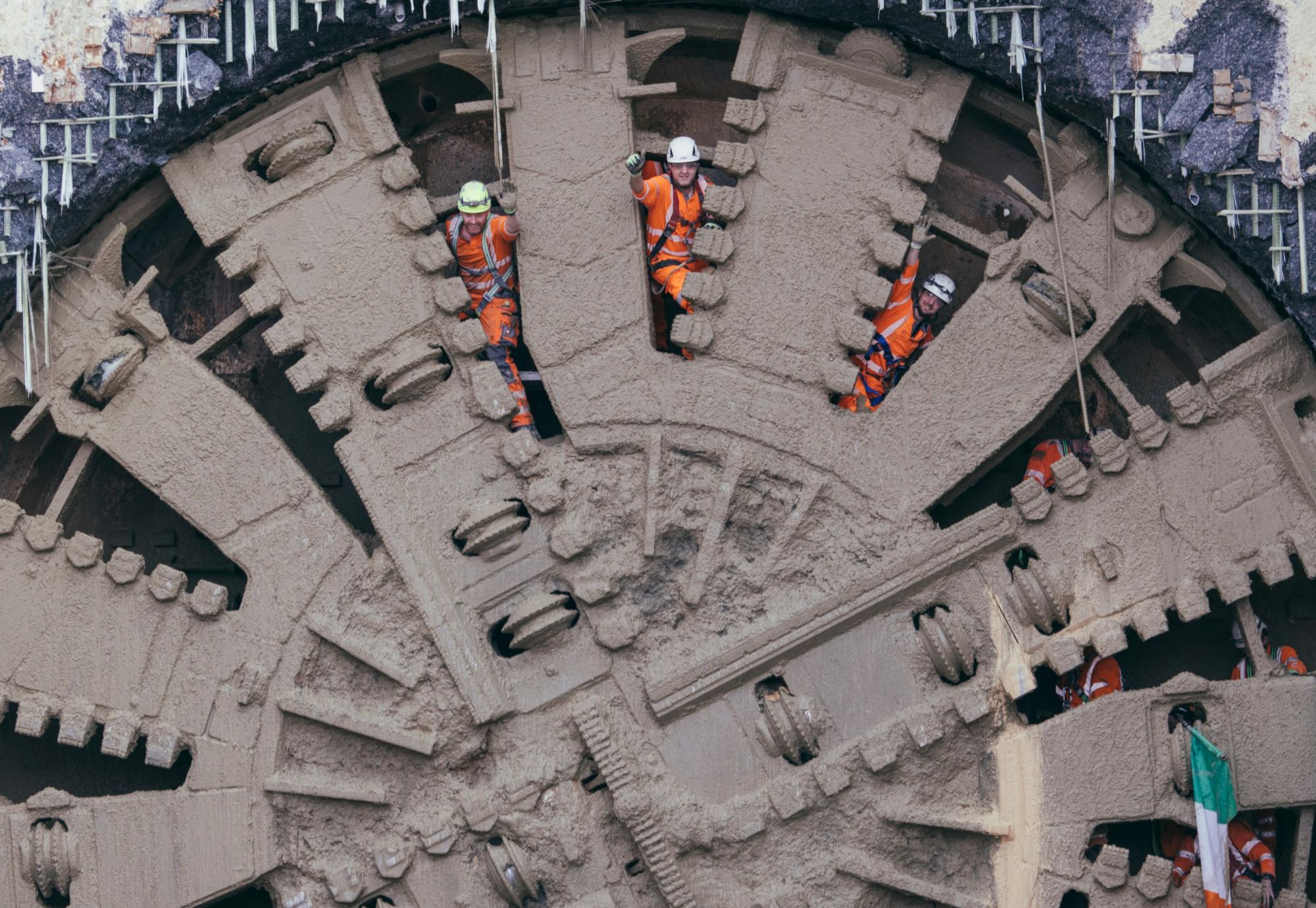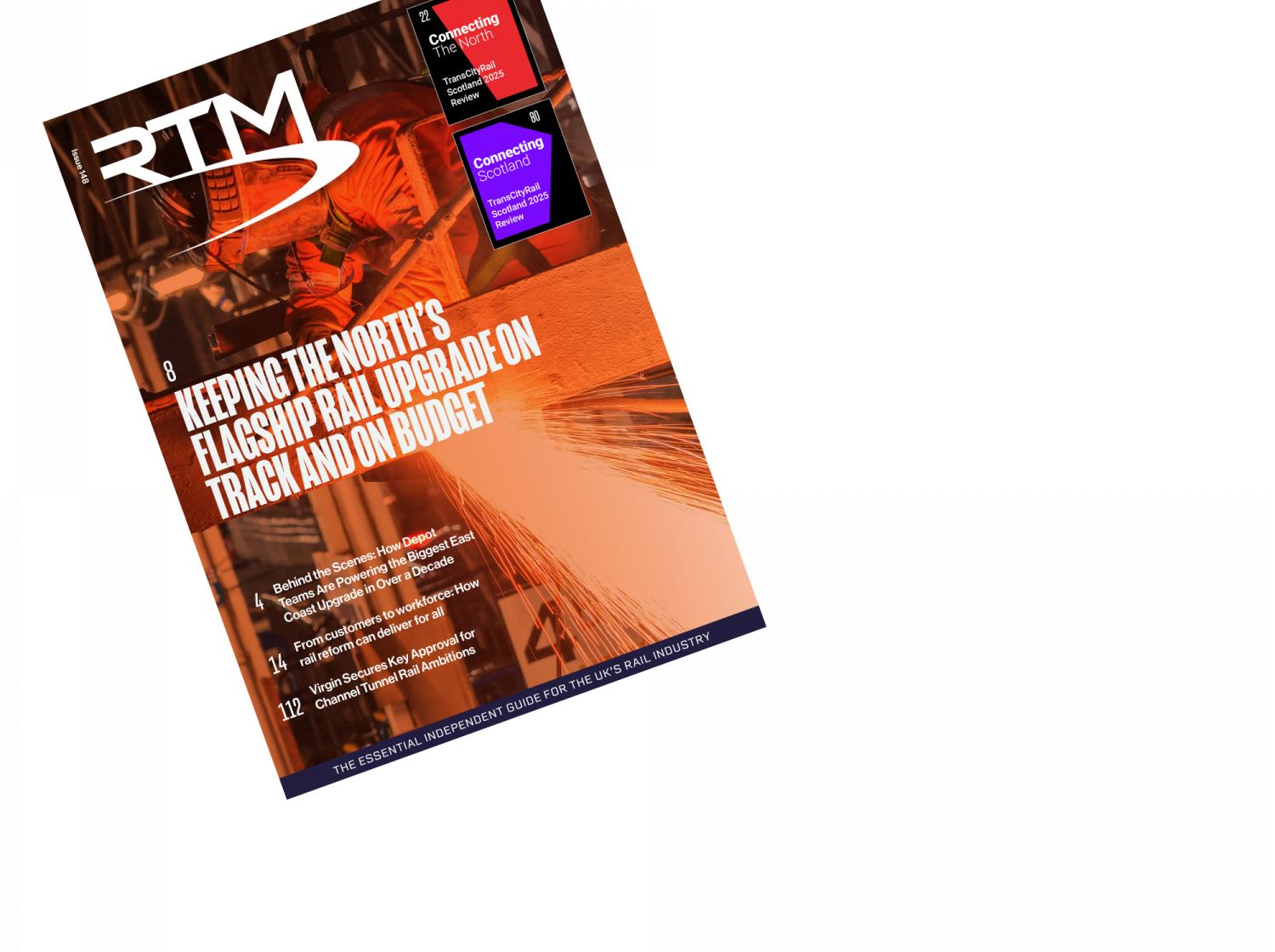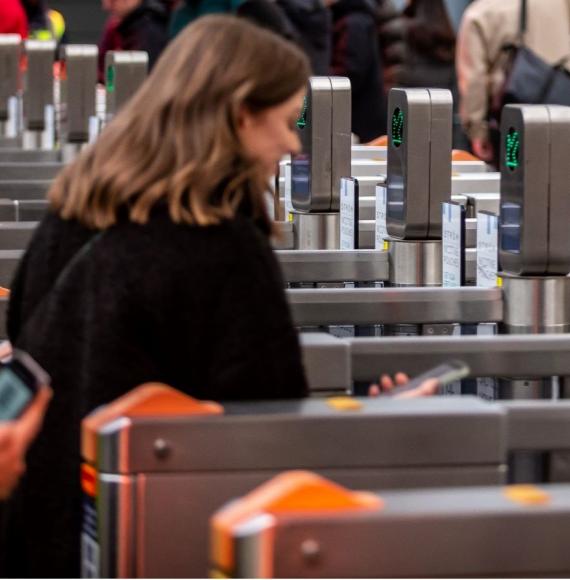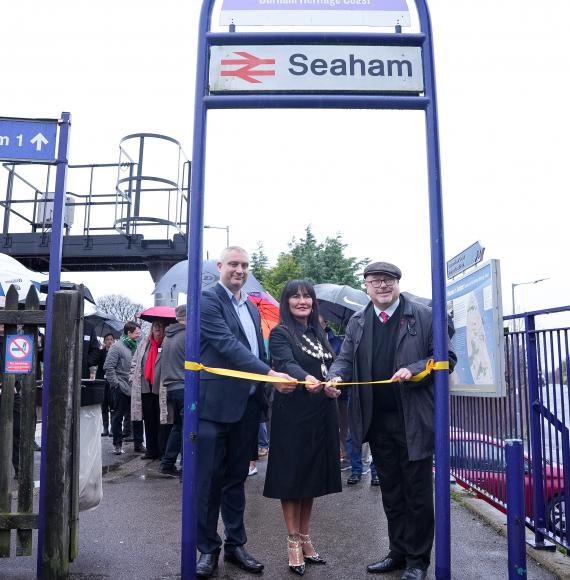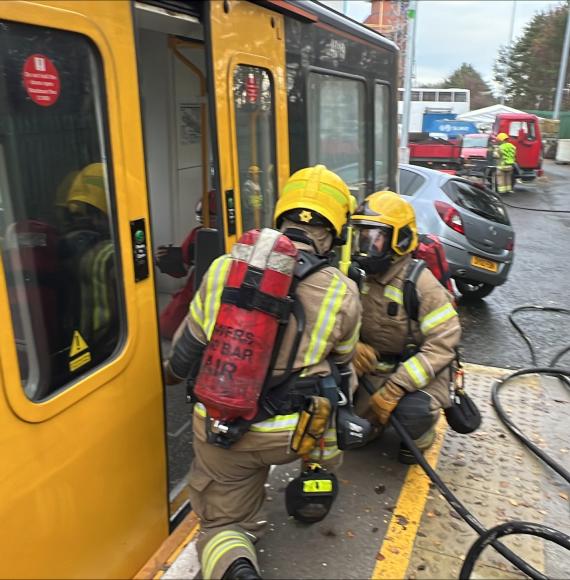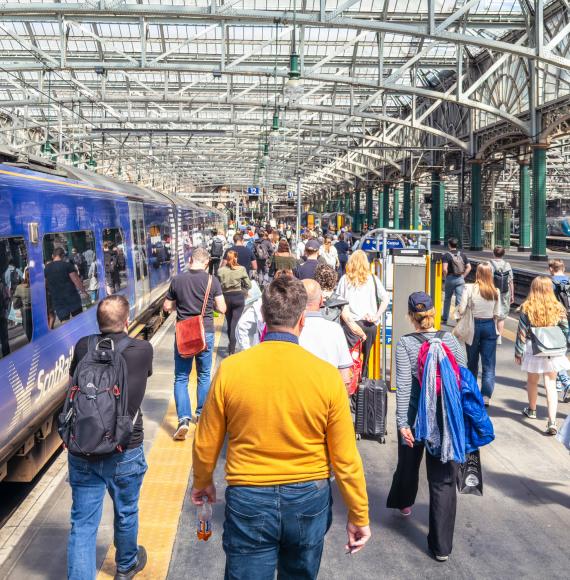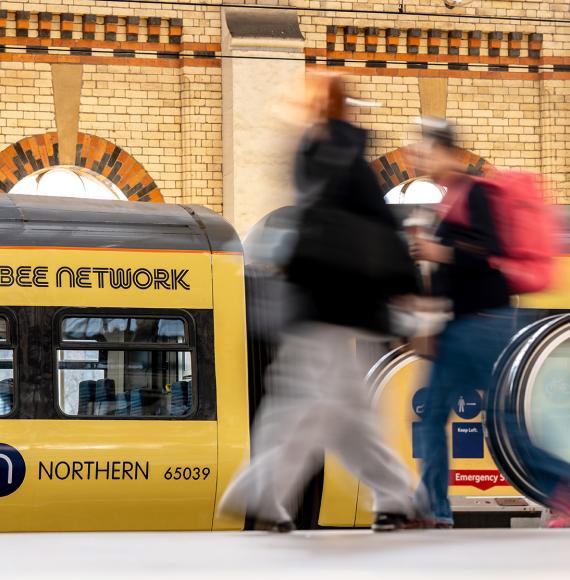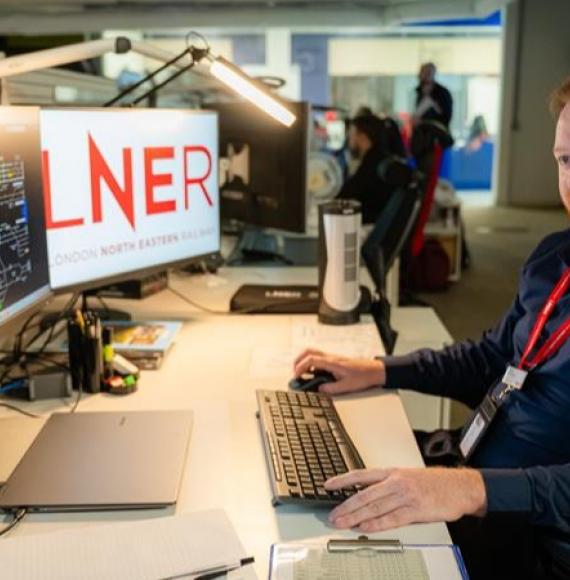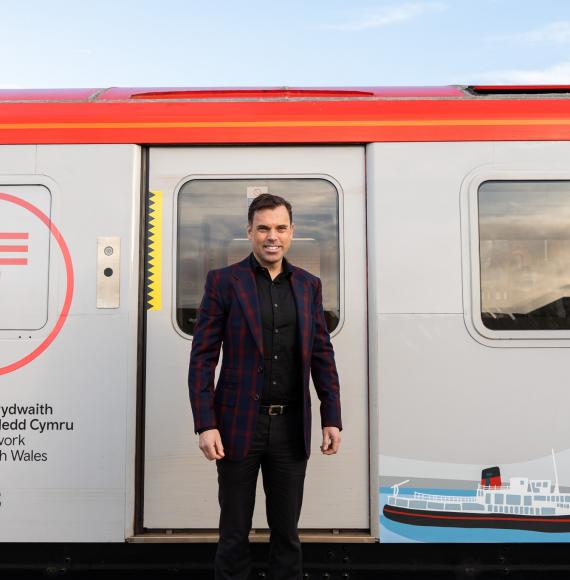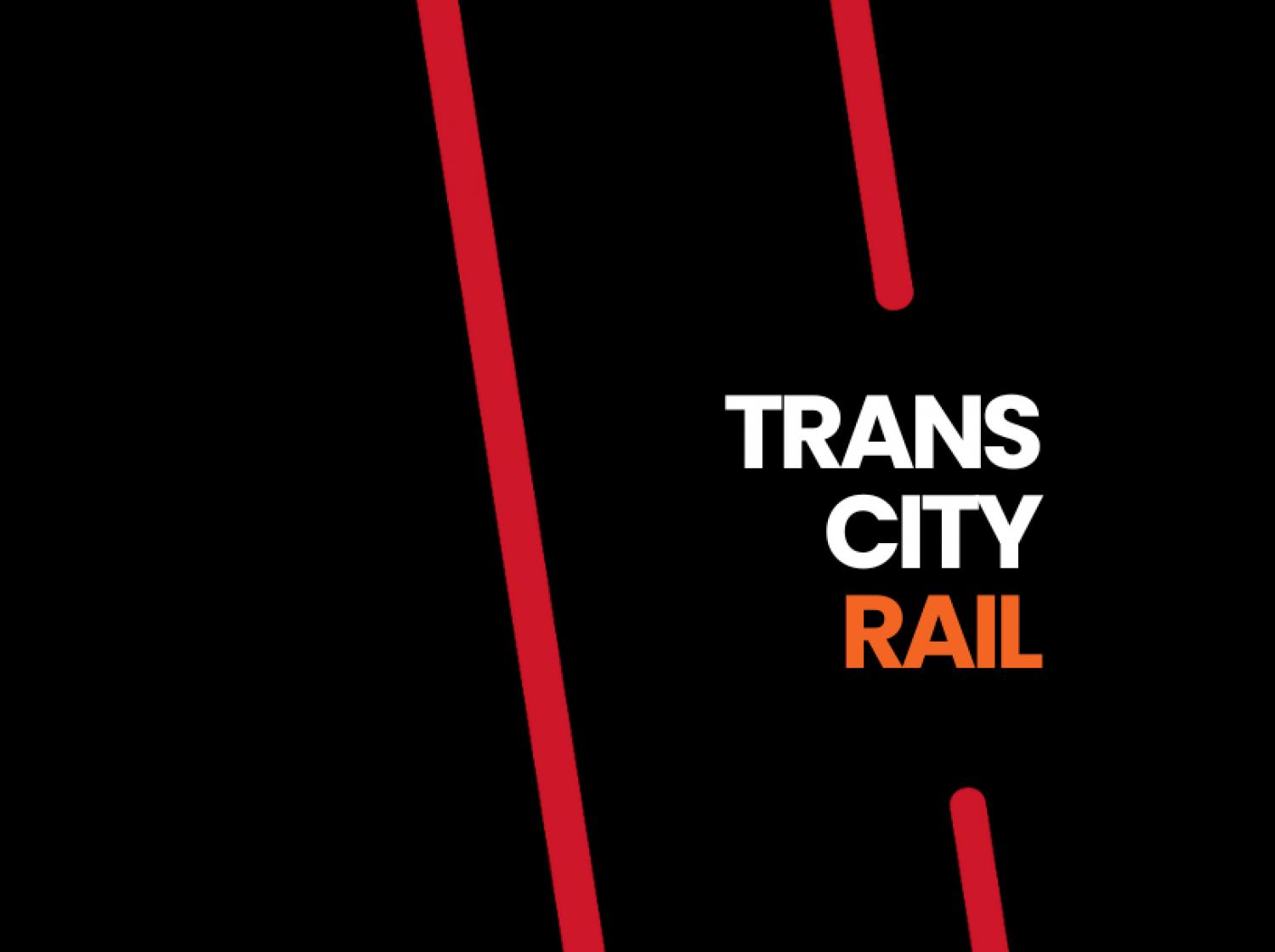The second giant boring machine (TBM) building HS2 under the Chiltern Hills broke through at the tunnel’s northern portal late on Thursday afternoon.
The TBM, named Cecilia, arrived at the site near Wendover, Buckinghamshire, after illHillsasdasdasdascompleting a ten-mile journey which began in June 2021.
Cecilia’s twin sister machine, Florence, arrived at the site on 27th February, after completing her adjacent tunnel drive.
HS2 Ltd’s head of civil works for this section of the route, Mark Clapp, said: “It’s only the end of the first chapter in the story of building Britain’s high-speed railway under the Chiltern Hills.
“Several years of intensive, world class engineering lie ahead of us to complete the tunnels’ four ventilation shafts plus headhouses, install the mechanical and electrical plant and machinery, slab track and overhead electrical wires before trains begin passing through.”
The two 2000 tonne machines began their journey at the tunnel’s south portal, near the M25 motorway, and were operated by HS2’s main works contractor, Align.
Align’s Underground Construction Director, Didier Jacques, said : “Ten miles is a long drive for a TBM, with a typical average being around three miles.
“Both TBM’s were designed in partnership with Herrenknecht and incorporate innovations and technologies that have been introduced on TBMs in the UK for the first time to enhance performance and safety.
“This includes ‘semi-continuous boring’, allowing our TBMs to build the rings and that line the tunnels without pausing.”
The machines moved forward at an average speed of 16 metres a day, excavating the tunnels and lining them with 56,000 pre-cast concrete tunnels as they went.
The twin bore tunnel reaches depths of up to 80 metres and displaced three million cubic metres of chalk.
Each TBM is operated by a crew of around 17 people, supported by over 100 people on the surface, working in shifts to keep the machines running 24/7.
In total over 450 people have worked on the tunnels over the last three years, including a production team who made 112,000 precision-engineered, fibre-reinforced concrete wall segments.
When HS2 is operational, trains will travel through the tunnel at speeds of up to 200mph, almost halving journey times between Britain’s two largest cities.
This will in turn relieve traffic on the West Coast Mainline, increasing capacity for more local services. It will also double rail capacity between London and the West Midlands, fostering stability and helping to drive economic growth, with recent HS2 research forecasting a £10 billion boost to the West Midlands over the next decade.
Photo credit: HS2

